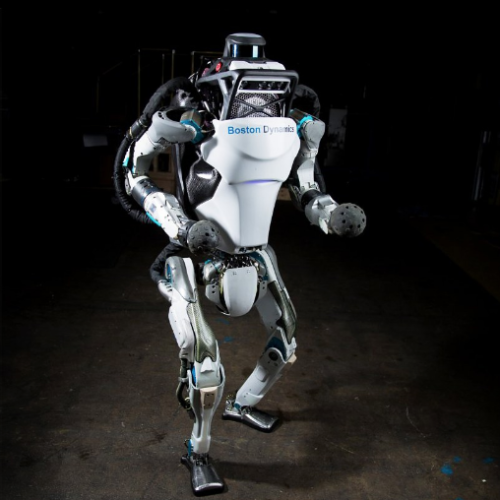Robots Designed For Life on Mars!
A team of researchers over at Airbus in Stevenage have completed development on a robot built around the idea of searching for life or any sign of habitability on the barren red planet, Mars. It could be said these are robots designed for life on Mars, however, while that is a seemingly unlikely possibility, the bots will still come in extremely handy in exploring the surface of Mars, something humans have not managed to achieve just yet. Despite the best efforts of Elon Musk. The date given as to when this bot, the ExoMars rover, will shoot into space was said to be next year, however, the assembly of the device has already been completed.
Problems with Robots Designed for Life on Mars
The launch date set at July 2020 could potentially see some problems. This is due to the fact that the bot still has some necessary unfinished tests that the researchers must conduct. For example, the devices parachutes have not yet been tested, other aspects will also be tested this November in Oregon. These tests will prove absolutely crucial to whether this robot is allowed to leave the Earth’s surface according to the standards of the ESA (European Space Agency).
The bot was affectionately named after famous British pioneer Franklin, its six wheels will traverse the harsh radiated planet searching for any signs of life or minerals that could potentially assist humans inhabit the planet in the future if needed. The rover also possesses a powerful two-metre drill which it can use to collect samples of the planet far below the surface level. It doesn’t end there in terms of tools at the bots and its controller’s disposal, there are a reported 9 other instruments available for use, these will help the scientists back home conduct a very thorough analysis of the planet. Eventually using these tools scientists will be able to perform analysis on the planet at a molecular level!
The Franklin is capable of “driving itself” if required as it has a autonomous navigation system which was also developed by Airbus. This environmental awareness will allow the rover to travel from point to point much faster and effectively than if a human who needs sleep and breaks was to remotely control the device. Next, for the rover building up to its eventual triumphant flight, it will be travelling to Airbus Toulouse for tests. Following that it will be further tested in Thales Alenia Space in Cannes, before its climax, its launch, in Baikonur Kazakhstan, which at the moment is scheduled for July of next year.
This project has already grossed a fair amount of global support with the Russian space agency lending a hand as well as NASA offering substantial assistance. If “successful” this mission could possibly mean a sooner trip to mars for humans or even the set-up of a fully operational colony being created in case the current dilemmas with the Earth do worsen.
You might also like
How Have Boston Dynamics Improved Atlas Even Further?
What Is Atlas? Atlas is Boston Dynamics most attention-drawing robot to have been produced. Out of their long line of extremely impressive expressive bots, Atlas is potentially the most interesting.
Say Hello to The Tomato Picking Robots
Robots are being used for so many exciting things in this world. They are being developed for search and rescue, for medical use, as carers, in industry and, unfortunately for
Immortality as a robot – dream of Russian multi-millionaire
Millions will be spend on research and technology to create immortality for a Russian millionaire Dmitry Itskov, who want to live forever as a robot.



